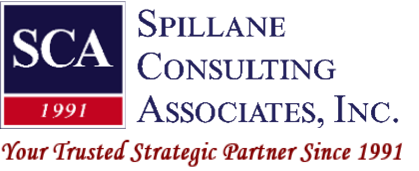Strategizing Your Employee Engagement Plan
Written by: Donna Thaxter - Training, Coaching, and Professional Development Consultant
Defining Engagement
Employee engagement has been a top-of-mind focus for companies and HR professionals since the 1990s. There's a wealth of knowledge about the business benefits of employee engagement and specifics of what engagement looks, sounds, and feels like, yet many organizations still struggle with reaching noticeable consistency in their results.
Key elements for engagement success include:
The energy and focus employees bring to their work,
The clarity they have about performance expectations.
The connection employees have with people they work with.
Having the right tools to get important work done.
Receiving feedback and recognition about their work and contribution.
What can Companies do to Get Engagement Right?
A potent approach is to elevate engagement as one of your core company values. Keep this core value alive by recognizing and celebrating employees who exemplify high engagement. Do this through storytelling that creates a shared understanding of what high engagement looks and sounds like in your organization. This approach supports the impactful notion of “What Gets Noticed Gets Repeated.” Another important strategy for organization-wide consistency is training and coaching managers to equip them with tools and best practices for fostering engagement among their teams.
What can Human Resource Professionals Do to Foster Engagement?
HR leaders also play a pivotal role in helping their organizations and managers achieve strong and consistent employee engagement. Helping your company define its unique engagement definition and then consciously building an employee experience that supports these outcomes. This requires a deliberate approach to mapping the employee life cycle and then setting expectations for best practices in all phases of the cycle. For example, In the early stages of employment, does the onboarding process reaffirm to the employee that they made a good decision in joining the company? From an ongoing standpoint, are managers meeting one-on-one with team members at least monthly to discuss how they are doing? Do managers solicit feedback about career expectations and share information about growth opportunities or hurdles that need to be addressed?
In Summary
Achieving high employee engagement demands a purposeful strategy. By clearly defining engagement, providing communication and training, and embedding engagement as a core value with continuous recognition, organizations can cultivate a work environment that encourages commitment, motivation, and overall business success. If you would like to learn more about taking a deliberate approach to employee engagement that includes training, and coaching on best practices, SCA is here to help. Contact our Director, Bill Dolan, for more information. You can reach Bill via email (WDolan@scapartnering.com) or phone (617-694-2617).

